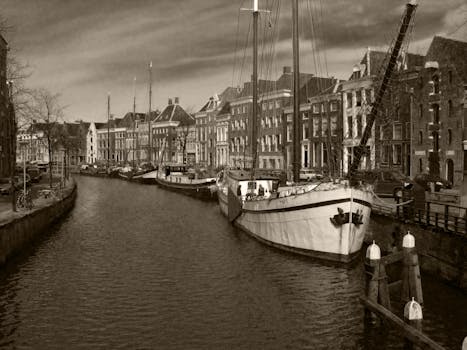
Traveling Through Time: How Europe’s Historical Heritage Shapes Modern Lifestyles in 2025
Traveling Through Time: How Europe’s Historical Heritage Shapes Modern Lifestyles in 2025. Europe, a continent steeped in history and heritage, has a unique ability to blend the old with the new. From the ancient ruins of Greece and Rome to the modern cities of London and Paris, Europe’s historical heritage continues to shape modern lifestyles in profound ways. In this article, we’ll explore the ways in which Europe’s past influences its present, and how this rich cultural legacy continues to inspire and inform modern lifestyles.
Introduction to Europe’s Historical Heritage
Europe’s historical heritage is a treasure trove of cultural, artistic, and architectural wonders. From the Renaissance to the Enlightenment, Europe has been at the forefront of human innovation and progress. The continent is home to some of the world’s most famous landmarks, including the Eiffel Tower, the Colosseum, and Big Ben. These iconic structures not only attract millions of tourists each year but also serve as a reminder of Europe’s enduring cultural significance.
The Influence of Historical Heritage on Modern Lifestyles
Europe’s historical heritage has a profound impact on modern lifestyles. From the food we eat to the music we listen to, and from the clothes we wear to the traditions we celebrate, Europe’s past continues to shape its present. For example, the traditional cuisine of Italy, France, and Spain is still widely popular today, with dishes like pasta, escargots, and paella remaining staples of modern European cuisine. Similarly, the classical music of Mozart, Beethoven, and Bach continues to inspire modern composers and musicians.
Preserving Historical Heritage for Future Generations
As we look to the future, it’s essential that we preserve Europe’s historical heritage for future generations. This can be achieved through a combination of conservation efforts, cultural education, and community engagement. By working together to protect and promote Europe’s cultural legacy, we can ensure that its rich history and heritage continue to inspire and inform modern lifestyles for years to come.
Conclusion
In conclusion, Europe’s historical heritage plays a vital role in shaping modern lifestyles. From architecture to art, and traditions to technology, the continent’s rich cultural legacy continues to inspire and inform modern lifestyles. As we travel through time, we can see the enduring influence of Europe’s past on its present, and we can appreciate the importance of preserving this heritage for future generations.





